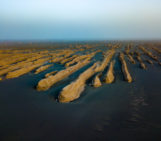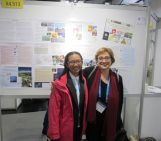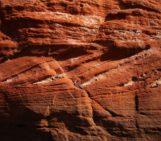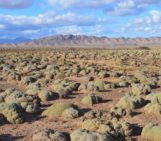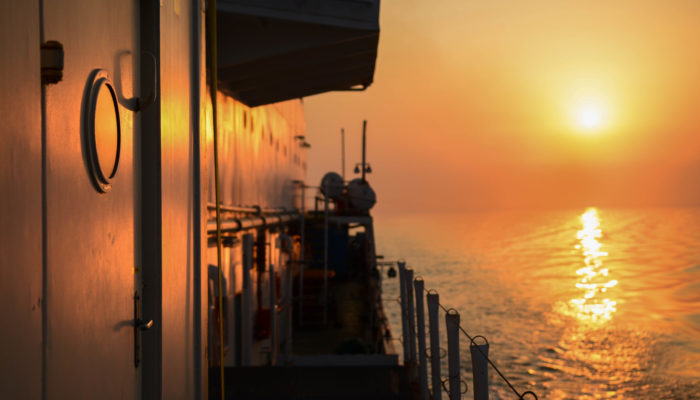
We know the topography of the moon better than the Earth’s seafloor, so we need to keep studying the ocean, and, for me, going to sea is the best way.
Only twenty percent of the seafloor is already mapped (see the Seabed 2030 Project), leaving eighty percent of our ocean unmapped, unobserved, and unexplored. This is why ocean going research is fundamental, not only for seabed mapping, but also to understand the ocean currents and climate change by retrieving sediment samples by targeting key places such as the place where this photograph was taken. All those data will then be useful to constrain and improve climate models.
One and a half years ago, I was on board the JOIDES Resolution ship for the IODP Expedition 379 in the Amundsen Sea (in Antarctica) to study the history of the West Antarctic Ice Sheet. That kind of expedition was essential for the science community, but it was also an amazing life experience for an early-career researcher like me.
Description by Margot Courtillat, EGU Virtual Press Assistant.
Imaggeo is the EGU’s online open access geosciences image repository. All geoscientists (and others) can submit their photographs and videos to this repository and, since it is open access, these images can be used for free by scientists for their presentations or publications, by educators and the general public, and some images can even be used freely for commercial purposes. Photographers also retain full rights of use, as Imaggeo images are licensed and distributed by the EGU under a Creative Commons licence. Submit your photos at http://imaggeo.egu.eu/upload/.

